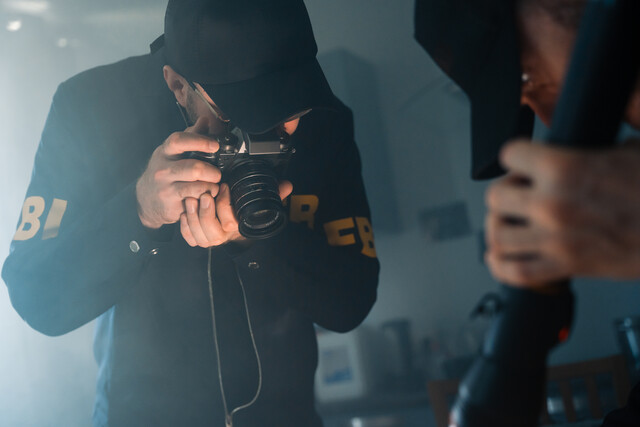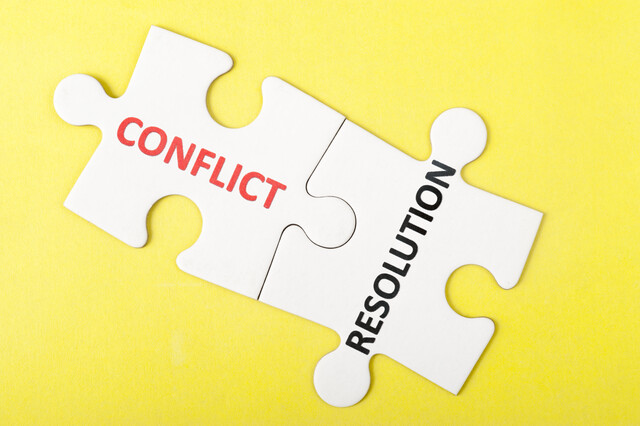Introduction
One of the most famous cases in modern history, saw an overwhelming amount of physical evidence against double-murder suspect O.J. Simpson in the deaths of his ex-wife, Nicole Browne Simpson and her acquaintance, Ronald Goldman. Yet, despite all this evidence, Simpson was acquitted.
No matter how much evidence a crime scene investigator or team compiles, it is imperative that such evidence is properly handled, collected and sealed in order to prevent accusations or risk of improper collection procedures ruling such vital evidence inadmissible in a court of law.
Evidence must be collected according to established rules of procedure and protocol. Those procedures may differ slightly from state to state or from country to country, but in most cases, they are generally the same. In order of collection, the most fragile evidence must be collected first. A crime scene investigator may start with hairs and fibers and fingerprints and then work his or her way through the evidence, peeling back one layer at a time.
All evidence that is to be sent to a crime lab must be packaged to ensure that such items arrive at their destination intact, and without becoming contaminated, damaged or spoiled. Every piece of evidence needs to be properly collected and labeled so that it may one day, if necessary, be admissible in court.
Evidence must be packaged separately from other pieces of evidence, and care must also be taken with containers that such evidence is stored in so that cross-contamination does not occur. For example, bullets or cartridge containers should be packed separately, with a cushioning material in between them.
Biological fluids and samples should be packaged separately as well, with one container for each sample collected. Such sample containers should be tightly sealed and cushioned to prevent breakage or leaking.
A victim's blood-soaked clothing should not be packaged with any other objects of clothing or belongings. Wallet, keys, papers and such items must be placed in individual plastic bags or envelopes and sealed.
Fingerprints are the most common and recognizable pieces of physical evidence that is found in many crime scenes. Such prints constitute concrete evidence of a person's presence at a crime scene. However, just because a person's fingerprints are found at a crime scene, it is often difficult to say for certainty exactly when those prints were deposited, unless of course, they are found in or are left in blood.
As mentioned previously, prints are formed by what are called "friction ridges", which leave behind bits of sweat, grease, dirt, and even blood or other bodily fluids. In most cases the initial search for prints will begin at the believed point of entry to a crime scene or location, or other obvious places around the location of the victim. In addition, light switches, doorknobs and fuses and circuit breakers are always a good place to start searching for fingerprints.
On many occasions, fingerprints that cannot be seen by the naked eye, become visible in the beam of a high-intensity flashlight. Collecting fingerprints can comprise several different techniques, such as developing with powders, which are available in black, colored, copper, magnetic, fluorescent and white. After dusting, the print is lifted onto tape and attached to the back of a card. This process was explained in the previous lesson. Brushes for lifting various fingerprints are available in animal hair or natural or synthetic fibers.
In the case of prints left on porous surfaces, such as paper, treatments of ninhydrin, iodine, or a rarely used process using silver nitrate are used. Other methods, such as the use of lasers, often yields results that other methods don't. Alternative light sources or ultraviolet lamps may display prints that may otherwise remain undetected.
However, the oldest method of obtaining latent fingerprints on porous surfaces is through the use of iodine. Care must be taken when used however, as iodine vapor is toxic and corrosive. Results are not permanent, so cameras should be on standby when such a procedure is used.
Ninhydrin is a more recent development that is used with porous surfaces. When this chemical reacts with amino acids found in bodily fluids, it produces what is called "Ruhemann's Purple", or a purple-colored substance.
Lasers and alternative light sources are becoming increasingly popular as technology develops. In addition to illuminating latent prints, such sources also help to discover and illuminate certain forms of biological and trace evidence.
Individual prints, no matter whether they are from fingers, palms, portions of fingers, bare feet or toes, must be collected and labeled and packaged separately.
Trace Evidence
The collection and preservation of trace evidence is more difficult than other, larger forms of physical evidence. Trace evidence remember, can be hairs, fibers, specks of clothing or objects that are for all intents and purposes, nearly invisible or invisible to the naked eye.
Should bits of trace evidence be removed from larger objects of evidence? That all depends. The general rule is that if it can become dislodged, blown away, lost or destroyed from whatever it is attached to, it's better to collect and seal it in a separate and correctly labeled evidence envelope or container. If, on the other hand, the smaller item is not likely to be lost, then it is better to collect it, and the larger piece of evidence it is attached or stuck to, in one piece.
Small items of trace evidence should always be double-wrapped or packaged. The first part of this process insures that the trace evidence has been placed into a clean and properly sealed envelope or container. Then, the item should be placed in a larger container and labeled with the appropriate information mentioned in the lesson on collecting evidence.
Some of the most common containers for trace evidence are pillboxes, paper bundles, or small envelopes. If at all possible, "control" or "known" samples of trace evidence should be collected in separate containers as well.
Blood is perhaps the most common evidence found at crime scenes, and the most fragile in relation to potential for contamination and degradation. Blood varies in stability from several hours to days to even weeks or longer, depending on the way it was packaged or stored. Fresh, wet blood should never be sealed into an airtight plastic package or container, as it degrades in a matter of days. The best way to preserve wet or damp pieces of blood evidence is to allow them to air dry first. Then, samples may be placed in a paper bag and then stored inside a refrigerator.
No matter what steps are taken however, all biological evidence may degrade or destabilize over time, so law enforcement departments around the country, and the world, generally follow the best methods of preservation and storage. Drying the specimens or samples and then freezing will save such samples indefinitely, because it will drastically slow down the deterioration process.
Today, most law enforcement agencies are required to store such biological samples and specimens in a freezer in order for them to be considered admissible in a court of law. For those areas where this is not required, it is still recommended, if for no other reason than to preserve the life of the sample so that it may be used years later if necessary.
The preferred method to collecting and preserving bloodstains is to gently blot the stain with an absorbent piece of material. These materials can be cotton gauze, cotton-tipped applicators that look like Q-tips, or different types of filter paper. Such materials can be used to collect both wet and dried bloodstain samples.
Gauze or filter paper can be placed into a wet or damp blood pool, and then carefully removed with tweezers or some other type of forceps. Once the material has saturated, it is placed on an index card or some other mounting paper and allowed to air-dry. Information on the date, time, location of the blood sample and other collection information as described in earlier lessons must be written on the card as well.
Scraping with a scalpel, razor blade or other sharp, clean object collects dried blood. The sample is collected in a paper bundle, folded over on itself to prevent loss of the sample, and then stored in a paper envelope and sealed.
In some cases, bloodstains will need to be collected via a moistened piece of absorbent cotton. The piece or swatch of material is moistened with distilled water and then, using a tweezers or forceps, is swabbed over the bloodstain. A dark, sometimes rust-colored stain indicated that the crime scene investigator has collected enough of the material sample, which can then be placed in a glass test tube. Leave the stopper off so that the material may air dry!
Bloodstained Objects
If at all possible, take the entire bloodstained object back to the crime lab for analysis. In some cases, this is not possible, so care must be taken to ensure that the sample is not compromised or damaged in any way. Before handling, the location of the bloodstained object must be noted and photographs taken. Again, never package fresh, wet or damp blood in airtight containers.
If the bloodstained object is large, it should be loosely wrapped or placed in thick wrapping paper or paper bags. Newspaper should never be used to wrap such objects, as ink will contaminate the item.
In the case of extremely large objects, such as bloodstained carpets or mattresses, for example, a section may be cut out of them and then stored in separate packing materials. When removing sections of mattresses, carpets, curtains, drapes, and so forth, the crime scene investigator must also remember to cut a control, or sample section from the same object for testing as well.
Conclusion
When it comes to identifying, collecting and preserving any type of evidence from a crime scene, whether it is large or trace, biological or material evidence, proper collection methods must be followed in order to assure that the evidence arrives at the crime or forensic lab safely and without the possibility of contamination.
Many cases are thrown out of court because of improper handling of evidence, and proper education, training and attention to proper procedure and protocol is essential in the evidence recovery of crime scenes.

























